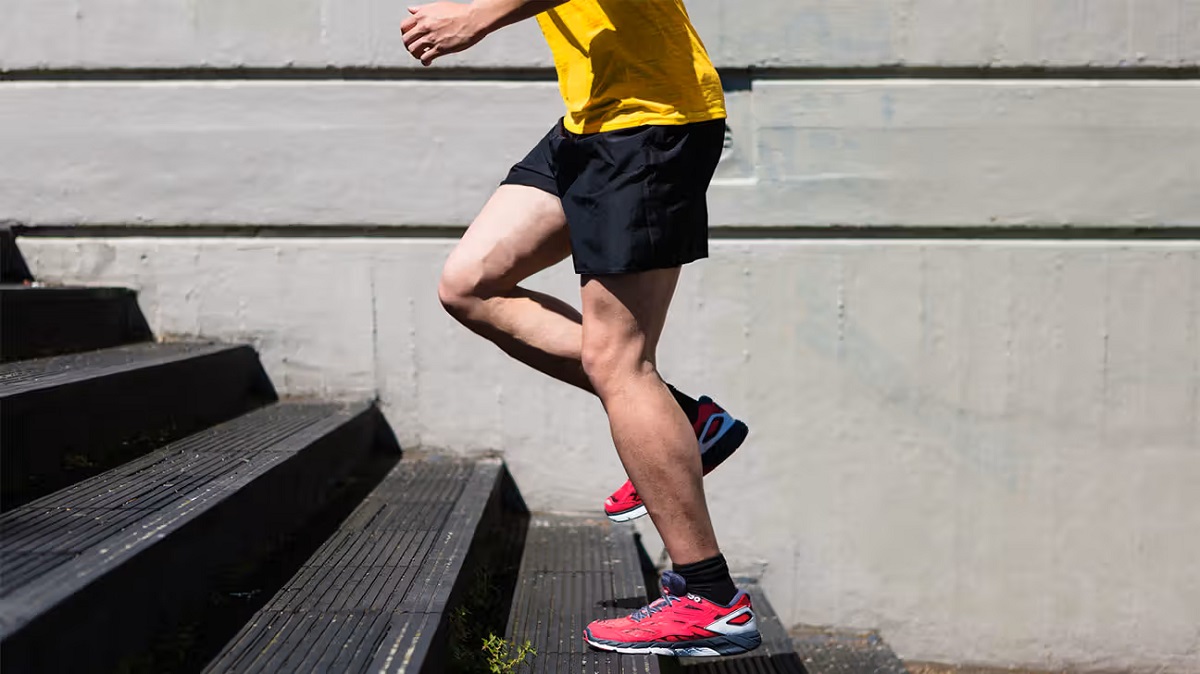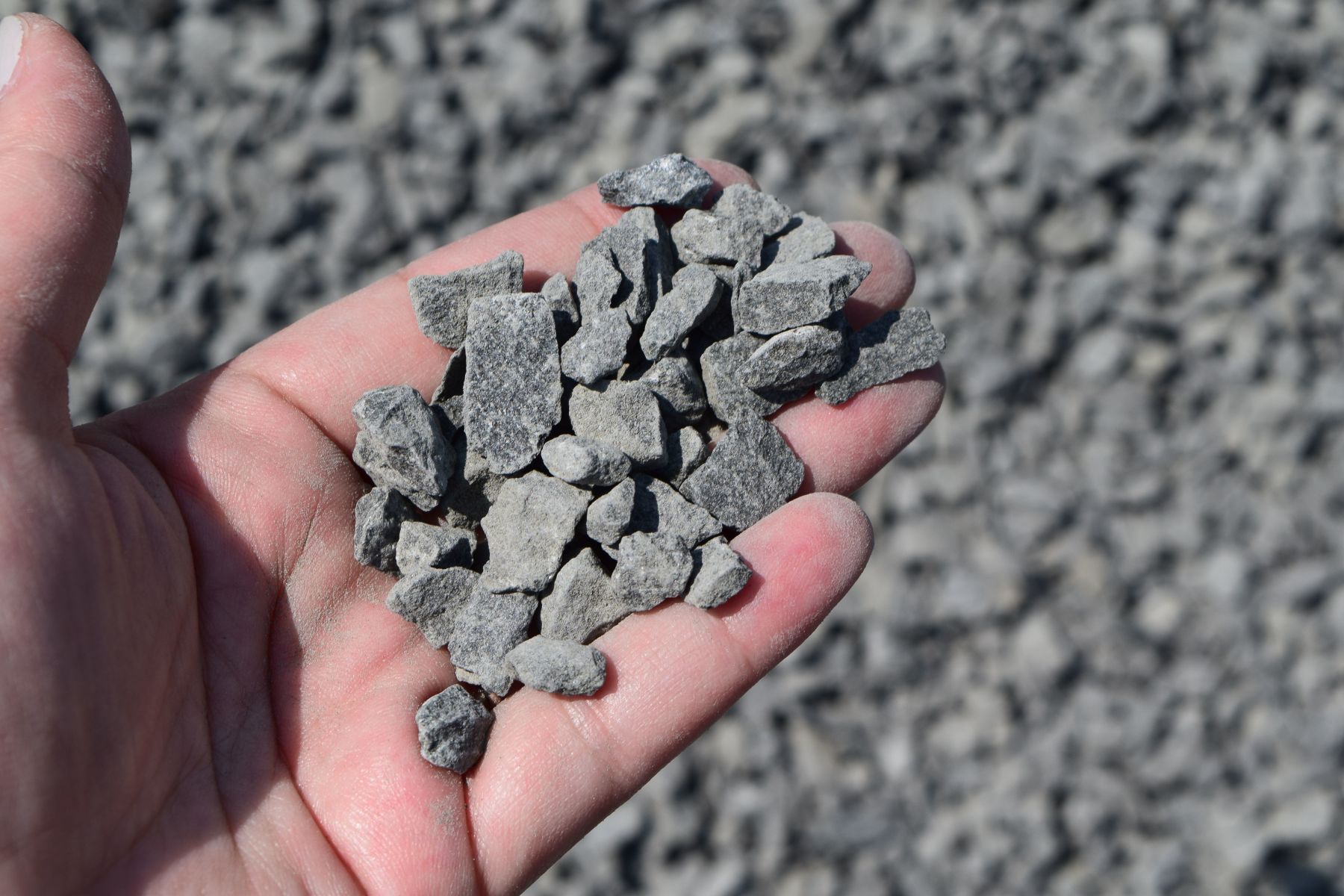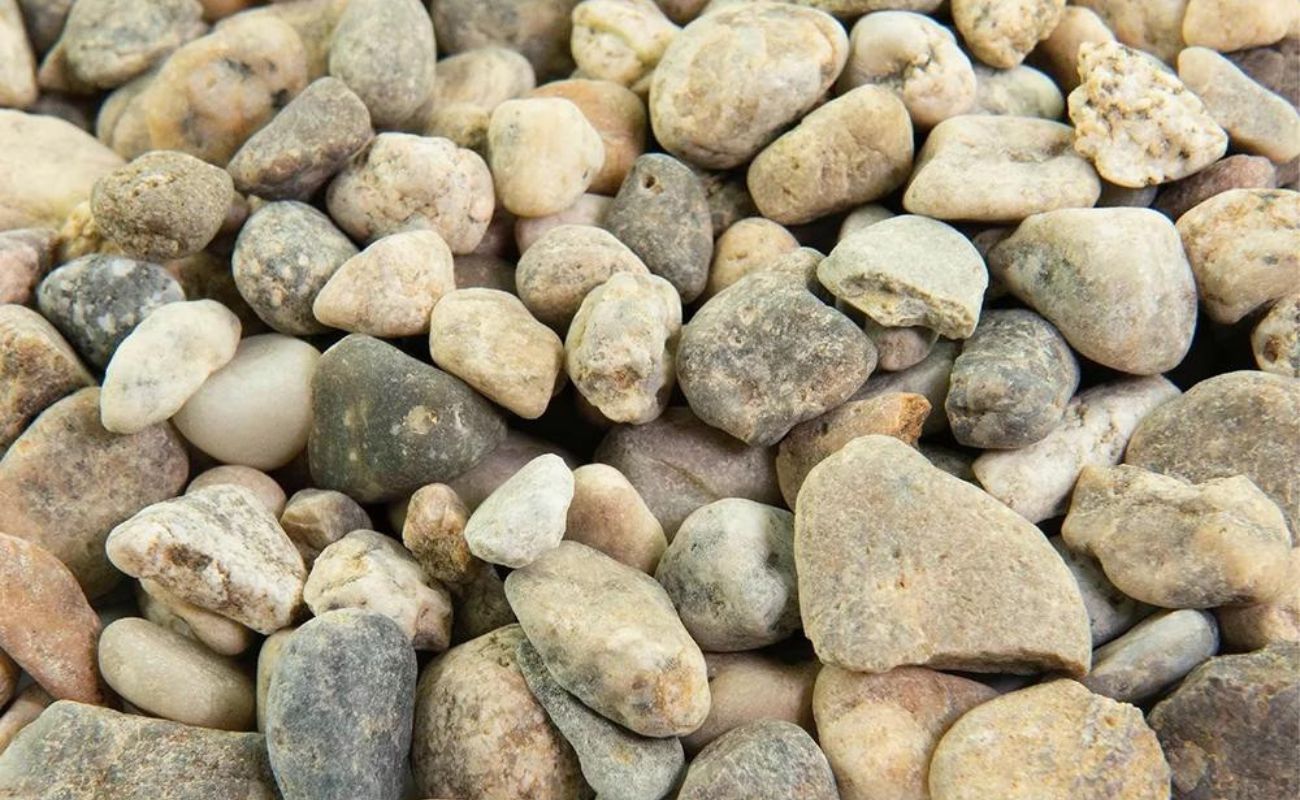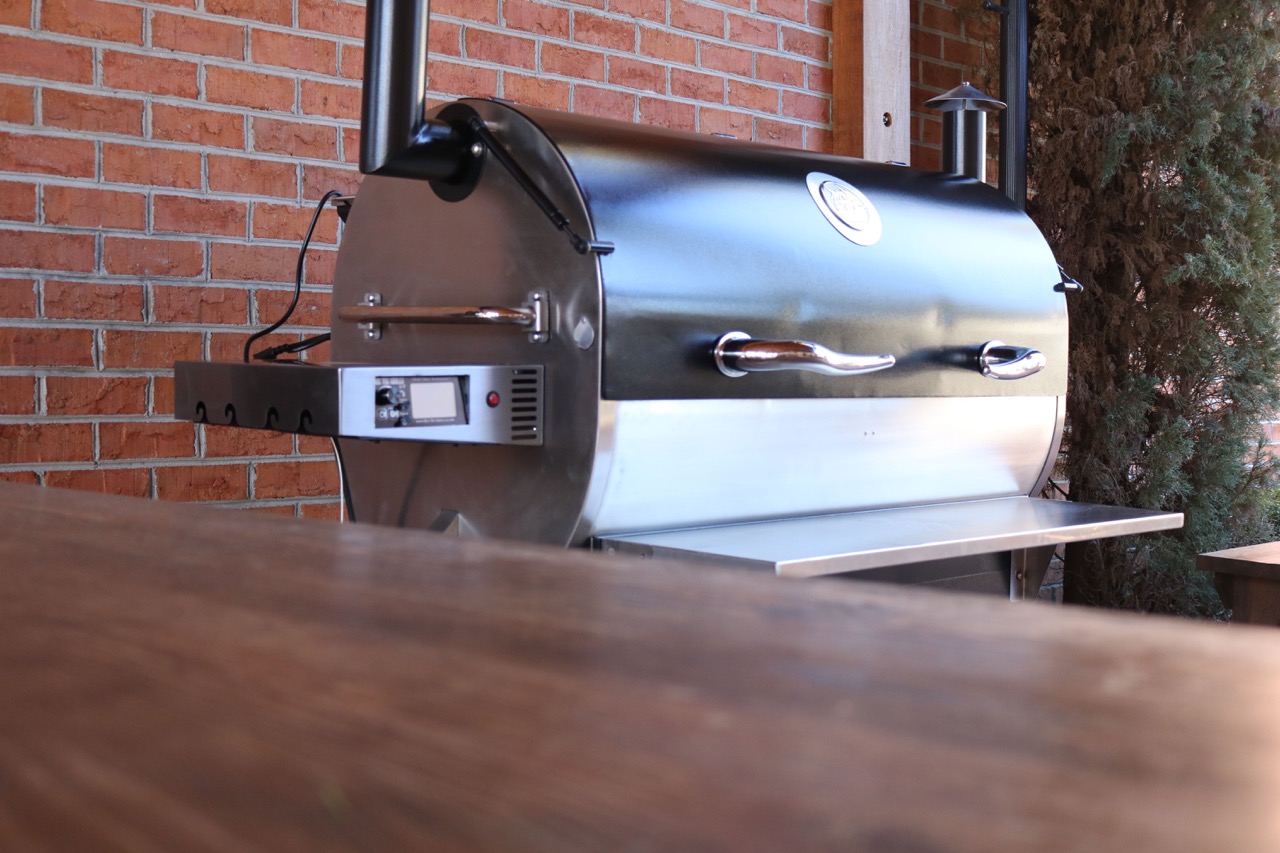

Articles
Where To Climb Stairs Near Me
Modified: December 7, 2023
Looking for articles on where to climb stairs near you? Find detailed guides and recommendations for stair climbing locations in your area. Don't miss out on this great opportunity for a fitness challenge!
(Many of the links in this article redirect to a specific reviewed product. Your purchase of these products through affiliate links helps to generate commission for Storables.com, at no extra cost. Learn more)
Introduction
Stair climbing is a fantastic form of exercise that offers numerous health benefits. Whether you’re looking to improve your cardiovascular fitness, build leg strength, or simply add some variety to your workout routine, climbing stairs can be a convenient and effective option. In this article, we will explore the benefits of stair climbing, discuss important factors to consider before starting, highlight safety precautions, and provide suggestions for both outdoor and indoor stair climbing locations.
Stair climbing is a simple yet challenging activity that involves using your body weight to ascend and descend a set of stairs. It is a weight-bearing exercise, meaning it stimulates bone growth and helps prevent conditions like osteoporosis. Additionally, stair climbing engages large muscle groups, including the quadriceps, hamstrings, and glutes, making it an excellent way to strengthen and tone your lower body.
Aside from its physical benefits, stair climbing also offers mental perks. It can boost your mood, reduce stress levels, and even improve your cognition. The repetitive motion of climbing stairs releases endorphins, which are known as the “feel-good” hormones that promote a sense of well-being and happiness. Furthermore, the mental focus required during stair climbing can enhance concentration and mental clarity.
Before embarking on a stair climbing routine, it is important to consider a few factors. First and foremost, your current fitness level should be taken into account. If you are new to exercise or have any pre-existing medical conditions, it is advisable to consult with a healthcare professional before starting a stair climbing regimen. They can provide guidance on whether stair climbing is suitable for you and offer any necessary modifications.
Another factor to consider is the accessibility of stair climbing locations. While outdoor stairs can be found in parks, stadiums, or pedestrian areas, indoor staircases can be located in buildings, such as malls, office complexes, or even your own home. It’s important to find a location that aligns with your preferences and convenience.
Furthermore, safety should always be a top priority during stair climbing. Make sure to wear comfortable, supportive shoes to reduce the risk of injury. Additionally, it is recommended to warm up before starting your workout and cool down afterward. Stretching your leg muscles can help prevent muscle strains or pulls, and taking breaks when needed is essential to avoid overexertion.
In the following sections, we will explore various outdoor and indoor locations that are ideal for stair climbing. We will also provide tips on how to make your stair climbing workouts more effective and enjoyable. So, let’s get started on this exciting journey of exploring where to climb stairs near you!
Key Takeaways:
- Stair climbing offers a full-body workout with physical and mental benefits, making it an accessible and rewarding exercise for individuals of all fitness levels. Prioritize safety, set clear goals, and explore both indoor and outdoor locations for a versatile workout experience.
- To maximize the effectiveness of stair climbing workouts, vary intensity, focus on form, and combine with other exercises. Stay hydrated, listen to your body, and allow for adequate recovery to ensure a safe, enjoyable, and sustainable fitness routine.
Read more: Where To Buy A Kegerator Near Me
Benefits of Climbing Stairs
Climbing stairs is a full-body workout that offers a wide range of health benefits. Here are some of the key advantages of incorporating stair climbing into your fitness routine:
- Cardiovascular Fitness: Stair climbing is a highly effective cardiovascular exercise that gets your heart pumping and increases your breathing rate. It helps to improve your overall cardiovascular endurance, which is crucial for maintaining a healthy heart and reducing the risk of cardiovascular diseases.
- Weight Management: Stair climbing is a calorie-burning exercise that can aid in weight loss and weight management. It is estimated that climbing stairs burns more calories per minute than jogging or cycling. The continuous movement and engagement of major muscle groups during stair climbing contribute to a higher metabolic rate, helping you shed excess pounds.
- Leg Strength and Tone: The repetitive action of climbing stairs engages and strengthens your leg muscles, including the quadriceps, hamstrings, calves, and glutes. This can lead to improved muscle tone, increased strength, and enhanced overall leg power. Regular stair climbing can also help to improve your balance and stability.
- Bone Health: Stair climbing is a weight-bearing exercise that helps to build and maintain healthy bones. The impact and gravitational force while climbing stairs stimulate bone density, making it an effective preventive measure against conditions such as osteoporosis.
- Joint Health: Contrary to popular belief, stair climbing can actually be beneficial for your joints. The controlled impact of climbing stairs helps to strengthen the ligaments and tendons surrounding the joints, providing greater stability and reducing the risk of injuries.
- Mental Well-being: Climbing stairs releases endorphins, which are natural mood boosters. These hormones promote a sense of well-being, reduce stress, and alleviate symptoms of anxiety and depression. The mental focus required during stair climbing also helps to improve concentration and cognitive function.
- Convenience and Accessibility: One of the greatest advantages of stair climbing is its accessibility and convenience. Staircases can be found in many different locations, both indoors and outdoors. You can incorporate stair climbing into your daily routine by taking the stairs instead of the elevator, or by seeking out nearby staircases in parks, stadiums, or buildings.
When it comes to improving your fitness and overall well-being, stair climbing is a highly rewarding exercise. With its numerous benefits and versatility, it is an excellent choice for individuals of all fitness levels. So, lace up your shoes, find a challenging staircase, and start reaping the benefits of stair climbing today!
Factors to Consider Before Climbing Stairs
Before starting a stair climbing routine, there are several important factors that you should take into consideration. These factors can help you ensure a safe and effective workout. So, let’s explore what you need to keep in mind:
- Current Fitness Level: Assess your current fitness level before embarking on a stair climbing routine. If you are new to exercise or have any pre-existing health conditions, it is crucial to consult with a healthcare professional. They can provide guidance on whether stair climbing is suitable for you and offer any necessary modifications or precautions.
- Breathing and Endurance: Stair climbing can be physically demanding, especially for those who are not accustomed to intense cardio exercises. Consider your breathing and endurance capabilities before starting. If you find it difficult to climb a flight of stairs without feeling excessively out of breath, it may be wise to start with shorter sessions or alternate between climbing and walking until your fitness improves.
- Knee and Joint Health: If you have pre-existing knee or joint issues, stair climbing may not be suitable for you or may require modifications. Talk to a healthcare professional or a certified trainer to assess the impact and stresses that stair climbing can place on your knees and joints. They can provide guidance on proper form and suggest exercises that are more joint-friendly if needed.
- Time and Schedule: Consider the time and schedule you have available for stair climbing workouts. Determine how many times per week you can commit to stair climbing and how long each session will be. Consistency is key to seeing progress, so plan your workouts accordingly and set aside dedicated time for stair climbing.
- Stair Accessibility: Evaluate the accessibility of stair climbing locations in your area. If you prefer outdoor stair climbing, research parks, stadiums, or other public spaces that have stairs available for use. For indoor stair climbing, look for buildings with multiple floors or shopping malls that welcome such activities. The availability of stairs near you will impact the convenience and regularity of your workouts.
- Medical Clearance: If you have any underlying health conditions or have been sedentary for an extended period, it is recommended to seek medical clearance before starting a stair climbing routine. Your doctor can assess your overall health and provide specific recommendations based on your medical history and individual needs.
By considering these factors before beginning your stair climbing journey, you can ensure a safe and effective workout experience. Assessing your fitness level, understanding potential limitations, and seeking professional advice when needed will help you tailor your stair climbing routine to your capabilities and goals. Remember, everyone’s fitness journey is unique, so listen to your body and make adjustments as necessary.
Safety Precautions for Stair Climbing
Stair climbing is a challenging and rewarding exercise, but it’s crucial to prioritize safety during your workouts. By following these safety precautions, you can minimize the risk of injury and ensure a safe and enjoyable stair climbing experience:
- Warm Up: Before you begin climbing stairs, it’s essential to warm up your muscles. Engage in light cardio exercises like jogging or brisk walking for a few minutes to increase blood flow and prepare your body for the workout. Stretching your leg muscles, especially your calves, hamstrings, and quadriceps, is also crucial to prevent muscle strains or pulls.
- Proper Footwear: Wear comfortable and supportive shoes that provide good traction. Opt for shoes with arch support and cushioning to minimize the impact on your knees and feet. Avoid loose-fitting or open-toed shoes that can cause trips or slips while climbing stairs.
- Good Form: Focus on maintaining a good posture while climbing stairs. Keep your back straight, shoulders relaxed, and gaze forward. Engage your core muscles to support your spine and maintain stability. Avoid leaning too far forward or backward, as this can throw off your balance and increase the risk of injury.
- Take Breaks: Listen to your body and take breaks when needed. If you feel fatigued or out of breath, pause and rest for a moment. Overexerting yourself can lead to muscle fatigue, dizziness, or even injury. Slowly build up your stamina over time, gradually increasing the duration and intensity of your stair climbing workouts.
- Hydration: Stay hydrated throughout your stair climbing session. Bring a water bottle and take small sips during breaks. Dehydration can affect your performance and increase the risk of muscle cramps or fatigue. Remember to drink water before, during, and after your workout.
- Cool Down: After your stair climbing workout, cool down by walking or performing gentle stretches. This helps to gradually lower your heart rate and prevent sudden drops in blood pressure. Cooling down also aids in reducing muscle soreness and promotes recovery.
- Be Mindful of Others: When using public staircases, be considerate of other people. Avoid hogging the stairs and give way to those who are ascending or descending. Use handrails for support, but be careful not to impede others’ movement. Respect any rules or guidelines set by the location or establishment where you are stair climbing.
- Know Your Limits: It’s important to challenge yourself, but it’s equally important to know your limits. If you experience severe pain, dizziness, or shortness of breath, stop immediately and seek medical attention if necessary. Pushing through intense discomfort can lead to serious injuries or health complications.
Remember, safety should always come first. By implementing these safety precautions, you can enjoy the many benefits of stair climbing while minimizing the risk of accidents or injuries. Incorporate these practices into your stair climbing routine to make your workouts safe, effective, and enjoyable.
Look for local parks, stadiums, or office buildings with public access for stair climbing. Check for any specific rules or hours of operation before visiting.
Outdoor Locations for Stair Climbing
If you prefer to engage in stair climbing outdoors, there are numerous locations that offer ideal settings for a challenging workout. Here are some popular outdoor locations where you can find stairs for climbing:
- Parks: Many parks have designated staircases that are perfect for stair climbing. Look for parks in your area that feature outdoor fitness stations or nature trails with built-in staircases. These parks provide a refreshing outdoor environment where you can enjoy the beauty of nature while getting your heart rate up.
- Stadiums: Sports stadiums often have staircases leading to the seating areas or upper levels. These stairs are designed to accommodate large crowds and can provide a challenging workout for stair climbers. Check if your local stadium allows public access or offers guided tours that include stair climbing sessions.
- Hills and Overpasses: If you live in an area with hilly terrain or overpasses, you can take advantage of the natural inclines and stairs they provide. Climbing uphill or using the stairs on overpasses can offer a unique and demanding workout that targets both your cardiovascular system and leg muscles.
- Outdoor Exercise Zones: Some cities have outdoor exercise zones that include stair structures specifically built for fitness activities. These zones are equipped with various exercise stations, including stairs, to cater to individuals who prefer outdoor workouts. Check if there are any outdoor exercise zones near you that feature stairs for climbing.
- Coastal Areas: Beachfront areas often feature stairs leading to coastal cliffs or viewpoints. Take advantage of these natural staircases while enjoying the ocean breeze. Not only will you engage in a challenging workout, but you’ll also be treated to breathtaking views of the coastline.
- Pedestrian Bridges: Pedestrian bridges that span rivers or highways often have staircases for safety and convenience. These bridges offer a unique opportunity to incorporate stair climbing into your workout routine. Seek out pedestrian bridges in your area and take advantage of the stairs they provide.
When using outdoor locations for stair climbing, it’s important to consider safety and be respectful of the environment and other users. Always follow any rules or regulations set by the location and prioritize your personal safety. Additionally, make sure to dress appropriately for the weather conditions and consider bringing water and sun protection, particularly during hot or sunny days.
Exploring outdoor locations for stair climbing not only adds variety to your workout routine but also allows you to connect with nature and enjoy the fresh air. So, lace up your shoes, find a nearby outdoor stair location, and make the most of your stair climbing workouts amidst the beauty of the great outdoors.
Read more: Where To Get Countertops Near Me
Indoor Locations for Stair Climbing
If you prefer the convenience and climate-controlled environment of indoor locations, there are plenty of options for stair climbing workouts. Here are some popular indoor locations where you can find stairs for climbing:
- Office Buildings: Many office buildings have multiple floors with staircases that are accessible to the public. Take advantage of these stairs during non-peak hours or outside of office hours. Climbing stairs in office buildings is a convenient option, especially for those who work in high-rise buildings.
- Shopping Malls: Shopping malls are often equipped with multiple levels and staircases. Next time you visit a mall, skip the elevator or escalator and take the stairs instead. This allows you to combine some exercise with your shopping experience, making it a productive and healthy outing.
- Community Centers: Many community centers have indoor recreational facilities that include staircases for fitness activities. These facilities are designed to accommodate various exercises, including stair climbing. Check if your local community center offers access to indoor stair climbing facilities.
- Gyms and Fitness Centers: Most gyms and fitness centers have dedicated areas or equipment for stair climbing workouts. Look for gyms that provide stair machines, stair steppers, or step platforms as part of their cardio equipment offerings. These machines mimic the motion of stair climbing and allow you to adjust the intensity and resistance as per your fitness level.
- Indoor Tracks and Stadiums: Indoor tracks or stadiums often have staircases or bleachers that can be used for stair climbing. These controlled environments provide a safe and predictable setting for your workouts. Check if your local sports complex or indoor track facility allows public access or offers specific times for stair climbing sessions.
- Apartment Buildings or Condominiums: If you live in an apartment building or condominium complex, inquire if they have a fitness center or access to stairwells. Some buildings have designated exercise areas with stairs that residents can use for workouts. This offers the convenience of having stair climbing facilities just steps away from your own home.
Indoor locations for stair climbing provide a comfortable and controlled environment, ensuring that you can engage in your workouts regardless of weather conditions. When using indoor facilities, follow any rules or guidelines set by the location and respect other users’ privacy. Additionally, ensure that you have proper footwear and bring water to stay hydrated during your sessions.
By exploring indoor locations for stair climbing, you can maintain your fitness routine year-round and have a backup option when outdoor conditions are not suitable. So, whether it’s in an office building, shopping mall, or fitness center, find a nearby indoor location with stairs and enjoy the convenience and consistent environment it provides for your stair climbing workouts.
Tips for Effective Stair Climbing Workouts
To make the most out of your stair climbing workouts, here are some tips to help you maximize the effectiveness and efficiency of your sessions:
- Set Goals: Determine your fitness goals and establish specific targets for your stair climbing workouts. Whether you aim to increase your endurance, improve your speed, or enhance muscle strength, having clear goals can keep you motivated and focused during your workouts.
- Vary Intensity: Alter the intensity of your stair climbing workouts to challenge different muscles and improve your overall fitness level. Incorporate intervals of fast-paced climbing with slower, more controlled climbs to engage different energy systems and increase your cardiovascular endurance.
- Focus on Form: Pay attention to your form while climbing stairs. Engage your core, keep your back straight, and avoid leaning too far forward or backward. Look straight ahead, not down, to maintain proper spinal alignment and reduce strain on your neck and upper back.
- Use Proper Footwear: Wear shoes with good arch support and cushioning to reduce the impact on your joints and provide stability while climbing stairs. Avoid shoes that are too tight or worn out, as they can lead to discomfort or injuries.
- Engage Your Arms: Utilize your arms by swinging them naturally while climbing stairs. This helps to increase your overall calorie burn and provides a balanced upper body workout. Keep your elbows bent at a 90-degree angle and swing your arms in sync with your steps.
- Gradually Increase Intensity: Start with a comfortable pace and gradually increase the duration, speed, or number of flights of stairs as your fitness level improves. Push yourself, but listen to your body and avoid overexertion to prevent injuries or burnout.
- Combine with Other Exercises: Incorporate stair climbing into a well-rounded workout routine by combining it with other exercises. For instance, you can do bodyweight exercises like lunges, push-ups, or squats in between flights or at the bottom of the stairs to target different muscle groups.
- Mix Up your Routine: Avoid monotony by varying your stair climbing routine. Try different staircases or locations, change the number of steps you climb, or create different workout sequences to keep your workouts exciting and challenging.
- Stay Hydrated: Drink water before, during, and after your stair climbing workouts to stay hydrated. Dehydration can negatively impact your performance and increase the risk of muscle cramps or fatigue.
- Recover and Rest: Allow your body adequate time to recover and rest between stair climbing sessions. Rest days are essential for muscle recovery and preventing overuse injuries. Listen to your body and take breaks when necessary.
Remember to always prioritize safety and consult with a healthcare professional if you have any underlying health concerns or medical conditions. Tailor your stair climbing workouts to your fitness level and gradually progress to avoid pushing yourself too hard.
By implementing these tips, you can make your stair climbing workouts more effective, enjoyable, and sustainable. So, lace up your shoes, find a challenging staircase, and let the stairs become your new favorite fitness tool.
Conclusion
Stair climbing provides a variety of physical and mental benefits, making it an excellent exercise option for individuals of all fitness levels. The convenience and accessibility of stairs, both indoors and outdoors, allow you to incorporate stair climbing into your daily routine with ease. By engaging large muscle groups, improving cardiovascular fitness, and promoting bone health, stair climbing offers a full-body workout that can help you achieve your fitness goals.
Prior to starting a stair climbing routine, it’s important to consider factors such as your current fitness level, breathing and endurance capabilities, and any existing knee or joint issues. By taking these factors into account, you can ensure a safe and effective workout that aligns with your individual needs. It’s always a good idea to seek medical clearance if you have any concerns or pre-existing health conditions.
Safety precautions should always be a priority during stair climbing workouts. Warm up before your session, wear proper footwear, and stay hydrated throughout. Remember to maintain good form, take breaks when needed, and be mindful of others using the stairs. By following these precautions, you can reduce the risk of injuries and enjoy your workouts to the fullest.
Outdoor locations, such as parks, stadiums, and coastal areas, offer a scenic and refreshing environment for stair climbing. Indoor options, including office buildings, shopping malls, and fitness centers, provide year-round accessibility and climate-controlled comfort. Explore these locations and find the one that suits your preferences and convenience.
To make your stair climbing workouts more effective, set clear goals, vary the intensity, and focus on maintaining proper form. Gradually increase the intensity and incorporate other exercises to keep your routine challenging and engaging. Remember to listen to your body, hydrate properly, and allow for adequate recovery and rest.
In conclusion, stair climbing is a versatile and rewarding exercise that offers numerous health benefits. It’s a fun and accessible way to improve cardiovascular fitness, build leg strength, and enhance overall well-being. So, whether you choose to climb stairs indoors or venture outside to find the perfect staircase, embrace the challenge and enjoy the incredible physical and mental benefits that stair climbing has to offer. Start climbing those stairs and embark on a journey to a healthier and stronger you!
Frequently Asked Questions about Where To Climb Stairs Near Me
Was this page helpful?
At Storables.com, we guarantee accurate and reliable information. Our content, validated by Expert Board Contributors, is crafted following stringent Editorial Policies. We're committed to providing you with well-researched, expert-backed insights for all your informational needs.















0 thoughts on “Where To Climb Stairs Near Me”